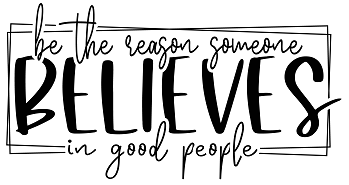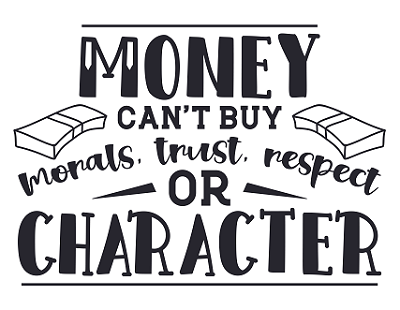 One of the best ways to get into critical thinking mode is to ask specific questions that guide you along the way. Here are five of them, that most critical thinkers ask themselves, in this particular order. Use them to help you work through your thought processes when things get complicated or involved.
One of the best ways to get into critical thinking mode is to ask specific questions that guide you along the way. Here are five of them, that most critical thinkers ask themselves, in this particular order. Use them to help you work through your thought processes when things get complicated or involved.
Question #1 – Who, What, When, and Where?
The first question you want to ask yourself is all about gathering basic data. It’s the who, what, when, and where. Obviously, you don’t need every one of these for each case, but it will get you thinking about the information gathering process.
For simpler problems, you may answer these questions in your head. For more involved and complicated ones, it helps to collect all applicable data in one place. That may mean making a list or creating a project folder on your computer. Find a system that works for you and that makes it easy to access and organize the information as you continue to work through this critical thinking process.
Question #2 – Why?
Next, it’s time to dig a little deeper. Asking open-ended questions like “why” will help you get more specific and get to the bottom of things. In turn that will get you even more and better data to add to your list.
Continue to add to your list and keep asking questions until you start to get a clearer picture of what needs to happen.
Question #3 – How?
That brings us to our third question. As you start to collect information and get an idea of what the end goal is, it’s a good idea to ask yourself how you will get to that goal. How will you start to make sense of the information you have and put it to good use?
In some instances, you’ll be able to answer this “how” question yourself. At other times, you will need to talk to other team members or experts to get these questions answered.
Question #4 – What Else?
As you start to work on coming up with a plan or solution, keep asking yourself “what else.” What else do you need to know? What else do you need to do? What alternative options and solutions do you have and could they be a better fit. Keep an open mind and don’t close yourself off to additional input and options once you’ve gotten through the information collection process.
Question #5 – What Worked, What Didn’t
Last but not least, don’t forget to circle back once you’ve come to a possible solution or started to implement and see if it works. Sometimes everything works great, and you’ve finished. At other times, you find that there are better solutions or options out there. And then there are those times when things just don’t work out as expected and you need to start again from scratch. Question 5 is the question you always want to ask yourself before you wrap things up.





